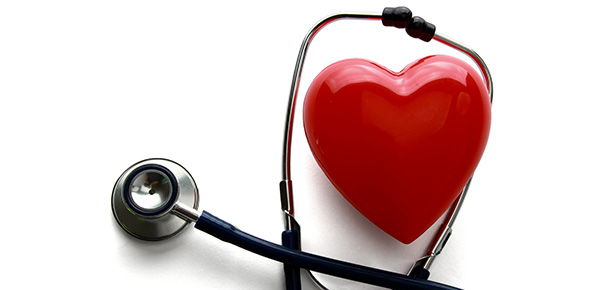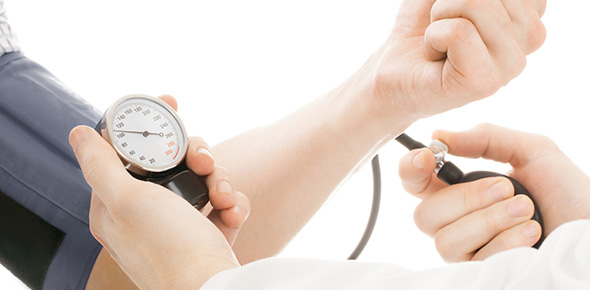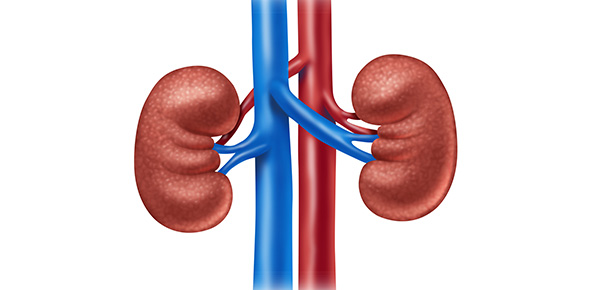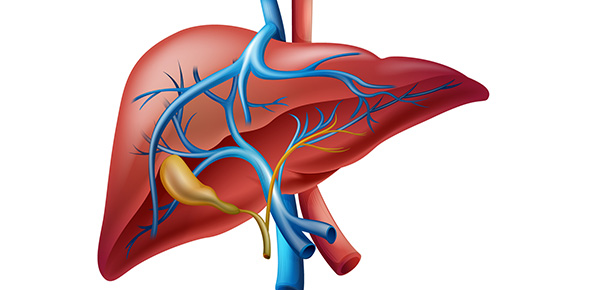Related Flashcards
Related Topics
Cards In This Set
| Front | Back |
|
Name 6 routes by which a pathogenic organism leaves a host
|
Saliva (licking, bites), Nasal (sneezing), ocular discharge, sputum (cough), Urine, Faeces, Skin, Vomit, Blood, Venereal contact, In milk
|
|
4 routes by which organisms reacha new host
|
Direct contact, indirect contact, through the air (aerosols), contaminated food and water, carriers, vectors.
|
|
Define the term 'direct contact'
|
When two animals have some form of intimate contact
|
|
What term is given to an inanimate object that carries disease
|
Fomite
|
|
Can ringworm spores be carried in the air?
|
Yes
|
|
Name and describe the two forms of carrier
|
Healthy carrier - Animal never exhibits any clinical signs of the pathogen being present but passes it to others at any time.
Convalescent carrier - This animal will have had the disease but will have recovered form it. The animal is, however able to transmit pathogenic micro-organisms for some time after recovery.
|
|
Name the form of vector that has to be eaten in order to transmit disease
|
Paraentic
|
|
What is the term given to a condition that is present from birth?
|
Congenital
|
|
Toxoplasma and Coocidia are what type of disease?
|
Protozoa
|
|
Define the term 'antispesis'
|
Disinfection of living tissue
|








